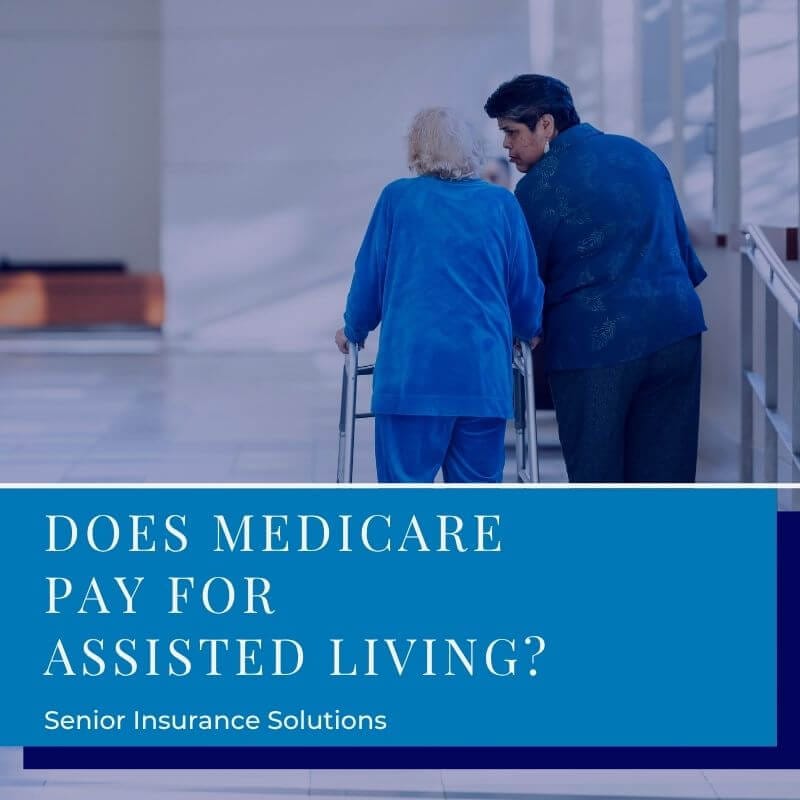Are you turning 65 soon? If so, you may have a lot on your mind about Medicare. Navigating Medicare enrollment can feel overwhelming, especially if you’re not sure whether you’ll be signed up automatically or need to take action yourself. The truth is, not everyone is automatically enrolled in Medicare — and missing your enrollment window can lead to costly penalties and delays in coverage.
At Senior Insurance Solutions, we’re independent licensed Medicare specialists dedicated to helping seniors and people with disabilities understand their options. Our team works one-on-one with you to simplify the process, compare plans, and ensure you get the coverage you need.
We’ll break down exactly when Medicare enrollment happens automatically, when you need to sign up on your own, and the special eligibility rules that apply in unique situations. You’ll also learn how to avoid late fees, coverage gaps, and the most common mistakes new enrollees make.

How Automatic Enrollment in Medicare Works
In certain circumstances, you do not need to take any action to begin Medicare coverage. Enrollment happens automatically if you are already receiving specific benefits. For example you are:
Turning 65 while receiving Social Security or RRB benefits
If you are receiving Social Security retirement benefits or Railroad Retirement Board (RRB) benefits at least four months before turning 65, you will be automatically enrolled in Medicare Part A (Hospital Insurance) and Medicare Part B (Medical Insurance). Your red, white, and blue Medicare card should arrive in the mail about three months before your coverage begins, which is typically the first day of your birthday month.
Qualifying disability under age 65
If you are under 65 and have a qualifying disability, you will be automatically enrolled in Medicare Parts A and B starting in the 25th month of receiving Social Security Disability Insurance (SSDI) or RRB disability benefits.
It is important to note that automatic enrollment only applies to Original Medicare (Parts A and B). If you want Medicare Advantage (Part C) or a prescription drug plan (Part D), you must enroll in those plans separately.

When You Must Sign Up Yourself
If you are not automatically enrolled, you must take the initiative to apply. This is often the case if you are approaching age 65 but are not yet receiving Social Security or RRB benefits.
Initial Enrollment Period (IEP):
If you are close to turning 65 and you do not get Social Security or RRB benefits, you will need to sign up for Medicare yourself. You can do this during your Initial Enrollment Period, which is a seven-month window that includes:
- The three months after your birthday month
- The three months before your 65th birthday
- Your birthday month
If You Miss Your IEP:
If you miss this sign-up period and don’t have other valid coverage (like insurance from your employer), you’ll need to wait for the General Enrollment Period (January 1 – March 31) to enroll. Your coverage will then start in July.

Special Eligibility Cases for Medicare Enrollment
Certain medical conditions come with unique enrollment rules:
- ALS (Lou Gehrig’s disease): Coverage begins as soon as SSDI benefits start.
- End-Stage Renal Disease (ESRD): People with kidney failure who require dialysis or a transplant may qualify for Medicare, but enrollment is not automatic. You must apply, and eligibility depends on your treatment situation.
Because of the complexity of these cases, it is often best to seek professional guidance to ensure timely and accurate enrollment.
Why Missing Enrollment Can Cost You
Failing to enroll in Medicare on time can result in permanent financial penalties and periods without health coverage.
- If you delay signing up for Medicare Part B without having other good coverage, you’ll pay a penalty. This penalty adds 10% to your monthly premium for every year you wait. You will have to pay this extra amount for the rest of your life for as long as you have Part B.
- If you go more than 63 days without prescription drug coverage after becoming eligible, you will pay an additional 1% of the national base premium for each month of delay. This penalty also lasts for as long as you have Part D.
- Without timely enrollment, you could be left responsible for thousands of dollars in medical expenses. Many individuals mistakenly assume they are covered by other insurance, only to find out Medicare should have been their primary coverage.

Quick Reference: Automatic vs. Manual Medicare Enrollment
| Situation | Automatic Enrollment | When Coverage Begins |
|---|---|---|
| Receiving Social Security at 65 | Yes | First day of birthday month |
| Receiving SSDI for 24 months | Yes | 25th month of benefits |
| ALS diagnosis | Yes | Same month SSDI begins |
| ESRD (kidney failure) | No | Must apply; start date depends on treatment |
| Not receiving Social Security at 65 | No | Must apply during IEP |
The Bottom Line
Whether you are automatically enrolled in Medicare or need to apply depends on your age, disability status, and whether you are already receiving Social Security or RRB benefits. Knowing your enrollment status now is essential to avoid costly mistakes, penalties, and coverage delays.
Need Help with Medicare Enrollment?
At Senior Insurance Solutions, we help seniors in Colorado and people with disabilities understand Medicare. We guide you through checking your eligibility and comparing different plan options. Our experts make sure you have the coverage you need, with no surprises. Contact us today to schedule your free Medicare consultation and get the healthcare coverage you need!

Additional Medicare Enrollment FAQs
1. How do I check if I am enrolled in Medicare?
You can confirm your Medicare enrollment status by logging into your account at SSA.gov or by calling the Social Security Administration. You should also receive a red, white, and blue Medicare card in the mail before your coverage begins.
2. Can I decline Medicare Part B if I am automatically enrolled?
Yes. If you are automatically enrolled but still have other qualifying health insurance (such as through an employer), you can choose to decline Part B. This is important because Part B comes with a monthly premium. Be sure to confirm with your benefits administrator before declining to avoid coverage gaps.
3. How do I sign up for Medicare if I am not automatically enrolled?
If you need to enroll manually, you can apply online at the Social Security Administration’s website, call Social Security, or visit a local Social Security office. Applications are generally processed within a few weeks, and you will receive your Medicare card by mail.
4. Does Medicare enrollment happen at the same time as Social Security?
Not always. While many people begin receiving both around age 65, you can choose to delay Social Security benefits but still enroll in Medicare. Conversely, if you claim Social Security early (before 65), you will still need to sign up for Medicare when eligible.
5. Can I change my Medicare coverage after I’m enrolled?
Yes. Even after enrolling in Parts A and B, you can change your coverage during certain enrollment periods. For example, during the Annual Enrollment Period (October 15–December 7), you can switch between Original Medicare and Medicare Advantage or change your Part D prescription drug plan.
6. What happens if I lose my Medicare card?
If your Medicare card is lost or stolen, you can request a replacement through your Social Security account online or by calling Social Security. You will also be able to print an official copy of your card directly from your account.






